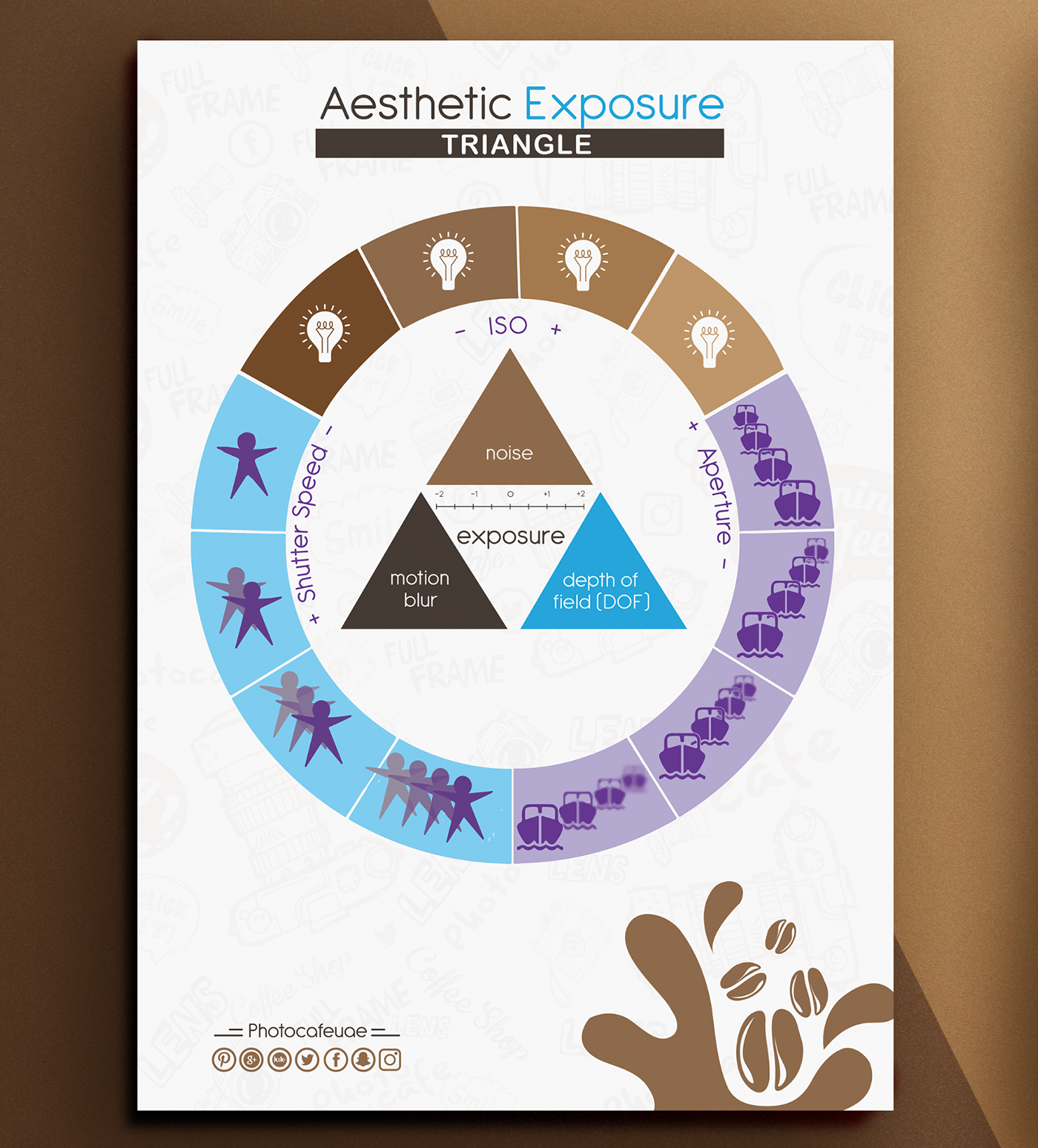Photography Tips For Beginners: Grasping Your Camera Quickly
Photography Tips For Beginners: Grasping Your Camera Quickly
Blog Article
Write-Up Created By-Lyons Elmore
When you initially grab your electronic camera, it can feel frustrating with all the settings and alternatives readily available. You could find yourself asking yourself how to browse aperture, shutter speed, and ISO effectively. Mastering these fundamentals is essential, but there's more to photography than just technical knowledge. Recognizing composition techniques and illumination conditions can raise your images drastically. So, what happens if you could find out straightforward strategies to enhance your skills and start recording outstanding images sooner than you assume? Allow's discover how to change your photography journey.
Recognizing Camera Settings
Understanding your electronic camera setups is essential for recording stunning photos. When you get your video camera, familiarize on your own with the 3 main setups: aperture, shutter rate, and ISO. Each plays a crucial function in how your pictures turn out.
Begin with aperture, which manages the amount of light entering the lens. A larger aperture (lower f-number) lets in a lot more light and produces an attractive background blur, perfect for portraits. On the other hand, a narrower aperture (higher f-number) maintains even more of the scene in focus, perfect for landscapes.
Next off, concentrate on shutter rate. This setting determines how much time your electronic camera's sensing unit is revealed to light. A rapid shutter rate freezes movement, which is fantastic for activity shots, while a slow-moving shutter rate can create spectacular impacts like smooth water in landscapes.
Finally, readjust your ISO. This setting influences your electronic camera's level of sensitivity to light. please click for source serves in low-light scenarios but can introduce sound or grain. Go for the lowest ISO possible while still achieving appropriate exposure.
Structure Methods
When you're out shooting, composition can make all the difference in how your photos resonate with audiences. Beginning by using the guideline of thirds; envision your frame divided right into 9 equal areas with 2 horizontal and two upright lines. Setting please click the following webpage along these lines or at their crossways to produce equilibrium and rate of interest.
Next off, consider leading lines. These natural lines in your scene, like roadways or rivers, draw the visitor's eye right into the photograph, guiding them with the story you're informing.
Don't ignore mounting; usage elements within your scene, like trees or home windows, to create a structure around your subject, adding deepness and emphasis.
Additionally, watch on your history. A cluttered history can distract from your primary topic, while a basic one aids it attract attention.
Last but not least, experiment with symmetry and patterns; they can produce a striking photo that captures attention.
Mastering Illumination Issues
Grasping lights conditions is vital for catching spectacular photographs, as the best light can change a normal scene into something remarkable.
Begin by observing all-natural light at various times of the day. Mornings and late afternoons use the best light, called the gold hour. The soft, warm tones during these times can improve your images perfectly.
Do not shy away from cloudy days either; diffused light can reduce severe shadows and develop a pleasing effect, especially for pictures.
Explore backlighting by placing your topic versus the source of light. This strategy can create a dreamy halo effect and include depth to your photos.
Take notice of your camera setups too. Adjust the ISO, aperture, and shutter speed to suit the lights conditions. A greater ISO can aid in reduced light, yet be cautious of grain.
Make use of a tripod in darker settings to avoid blur.
Lastly, do not fail to remember man-made lighting. Flash and constant lights can be excellent devices for regulating light in difficult problems.
Verdict
Finally, understanding your electronic camera doesn't need to be frustrating. By recognizing your settings, using make-up strategies, and harnessing the power of natural light, you'll rapidly elevate your digital photography abilities. Keep in mind, practice makes ideal, so go out there and experiment with your newly found expertise. With https://www.columbusmonthly.com/lifestyle/20190805/making-impact-with-your-wedding-photography and dedication, you'll be capturing stunning images that mirror your distinct perspective. Enjoy the journey, and don't neglect to enjoy while you go to it!
